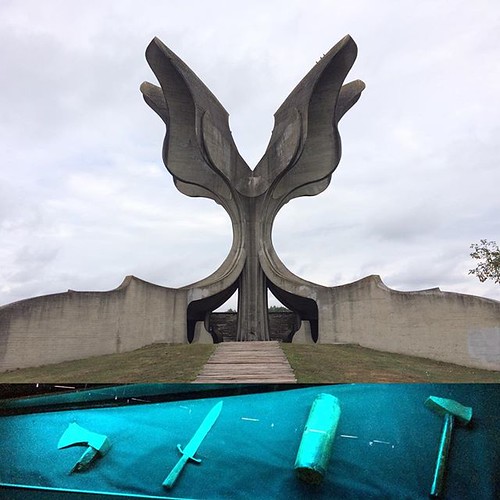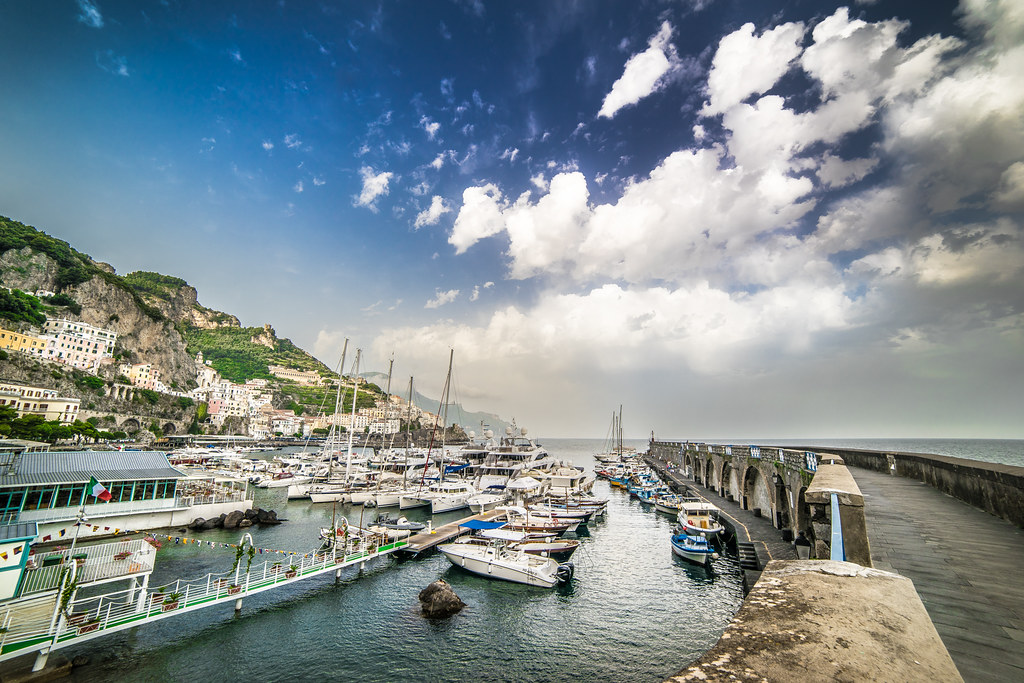Is there a better time than now to embark on a journey that not only spans the globe but also traverses historical chapters? For those captivated by the turbulent events of the 20th century, Europe offers a treasure trove of World War I and World War II sites, each narrating a story of bravery, tragedy, and the indomitable human spirit.
World War II Pilgrimage in Europe: Key Sites and Their Significance
At first glance, Germany seems like a reasonable starting point for this pilgrimage. Cities such as Berlin, Munich, and Nuremberg are full of historical significance, making it easy for people to imagine a trip filled with deep memories of the past. Berlin, with its complex history, provides insights into wartime psychology and post-war division. Munich was the birthplace of the Nazi movement, and Nuremberg was the notorious site of war trials, where their dark stories and historical lessons beckoned to people.
Poland, however, tells a different story. The unforgettable memories of Auschwitz concentration camp, the heroic Warsaw Uprising, and Schindler’s Factory in Krakow allow us to deeply understand the resilience faced by humanity in its darkest days. These sites are not only memorials but also stark reminders of the cost of freedom and the terror of genocide. The tragic beauty of Poland’s World War II landmarks cannot be underestimated, as they touch the souls of all visitors.
Then there is France, home to the sacred beaches of Normandy, the heart-wrenching cities of Dieppe and Dunkirk, and the war-torn landscapes of the Somme and Vimy Ridge. Each location vividly depicts the brutality and futility of war. Normandy Beach is where the tide of World War II began to turn, and for those wishing to pay tribute to the courage of the Allies, it remains a pilgrimage site. Meanwhile, the somber silence of Vimy Ridge stands as a testament to the sacrifices of countless soldiers.
Be that as it may, our investigation didn’t end there. Belgium and the Netherlands, in spite of the fact that referenced less, have not reduced in authentic importance. The Skirmish of Lump in Belgium and the extraordinary Verdun in France recount the account of the fierce close quarters conflict of The Second Great War and the flexibility of the human soul. Arnhem in the Netherlands was the site of the lamentable ‘Market Nursery Activity’, and the Anne Straight to the point House in Amsterdam is likewise being moved, giving a novel knowledge into the effect of battle on regular citizens.

Tips for a Successful World War II Pilgrimage
For those embarking on this solemn journey, here are some tips gathered from fellow travelers: the National World War II Museum in New Orleans and organizations such as Beyond Band of Brothers offer insightful World War II journeys. In Normandy, the Peace Museum in Caen and the Bayeux Tapestry are must-visit places, with the Bayeux Tapestry recording a battle from a past era. The Battle of the Bulge Museum in Belgium comprehensively showcases one of the turning points of World War II, while the World War I Museum and Cemetery in Verdun offer a profound reflection on the ‘war to end all wars’.
In Germany, there are indeed many war related attractions in Berlin’s history, although they have not been prominently marketed to tourists as expected. The Holocaust Memorial Hall and the Nuremberg Trials are crucial for understanding the breadth of the impact of World War II. The Churchill War Room and Imperial War Museum in London provide an in-depth display of Britain’s wartime leadership and struggle.
For those who appreciate stories of resistance and survival, the Anne Frank House and Resistance Museum in Amsterdam are significant attractions. The Military Museum in Paris and the Museum of Detailed Introduction to World War II in Berlin delve into the strategies, tragedies, and victories of war.

Embarking on this journey requires careful planning, especially considering the two-week holiday restrictions. Prioritizing sites with personal significance and utilizing local tour guides can greatly enhance the experience. Additionally, accepting the logistical challenges of travel and the emotional weight of these sites will undoubtedly lead to profound impacts and personal growth.
The pilgrimage to the sites of World War I and II in Europe is not just a vacation; it is a voyage deep into the core of human history. This journey challenges us to remember the past, honor the sacrifices made, and carry the lessons learned into a brighter future. As the shadow of history looms over these sacred sites, the light of understanding, empathy, and a renewed commitment to peace also envelops them. So, pack your bags, set your sights on the horizon, and prepare to embark on an unforgettable journey through time.
Related posts:
Ideas for a WW II trip
WWI & WWII Sites in Europe
15 Must See World War II Sites in Europe




